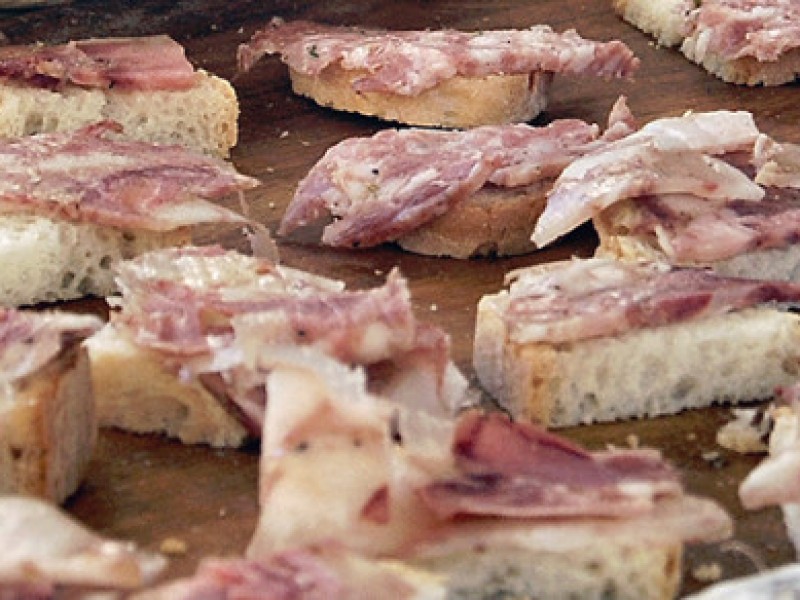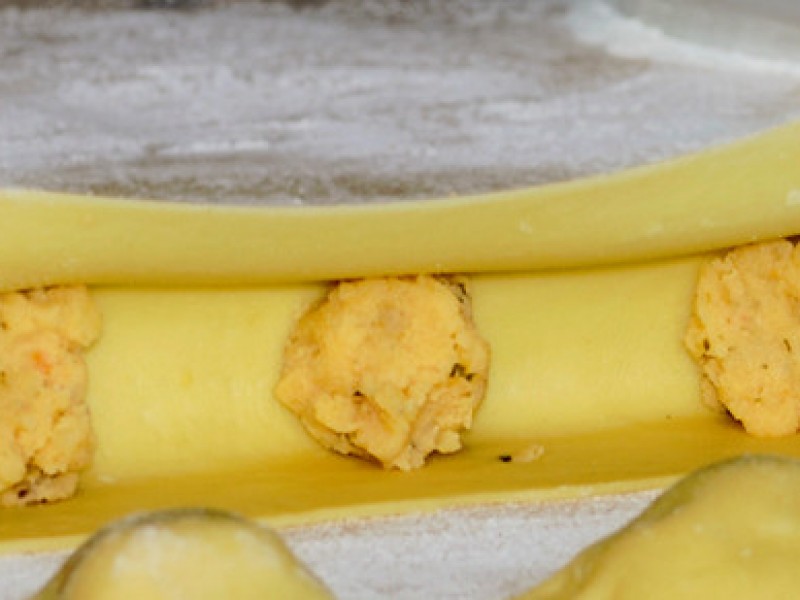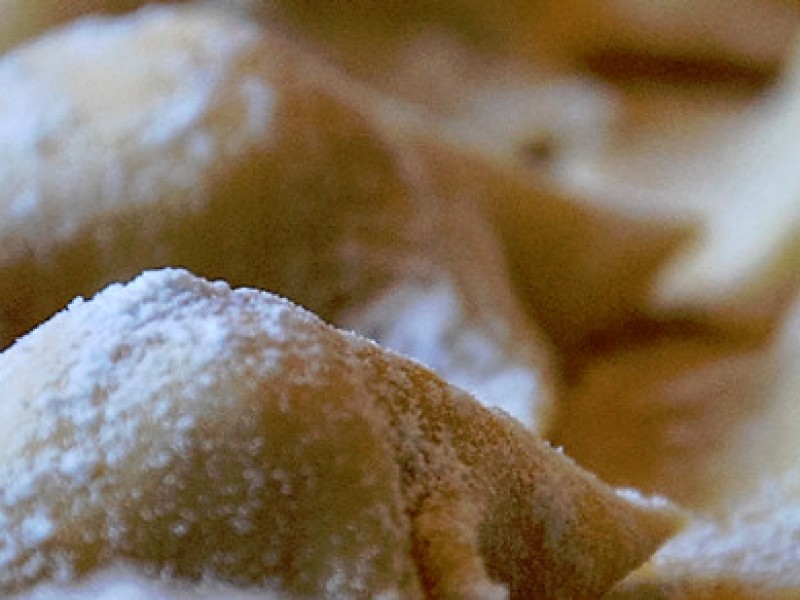The characteristics
The Tuscan white truffle (Tuber magnatum pico) has a smooth pale yellow or green outer skin, and a more or less light hazel-brown pulp that sometimes presents bright red shades, and has numerous thin pale lines running through it, which disappear when cooked. The size can vary from that of a corn seed to, at most, that of an orange. The aroma is intense and pleasant, similar to that of natural gas or fermented cheese.
The history
There is a well consolidated tradition of truffle picking in Tuscany; by the end of the thirties, in fact, this practice was already widespread. The existence of eight truffle associations in Tuscany clearly underlines this fact. The white truffle is eaten fresh because it isn’t suited for cooking, in which a great part of its organoleptic qualities are lost.
Truffle picking has ancient roots in Mugello as well, and numerous documents, dated mid 1900, testify to the importance of the production: in particular a priest from San Giovanni Maggiore church, in Borgo San Lorenzo, calculated the production potential of truffles in the territory, and anticipated, with remarkable foresight, a favorable economic, as well as gastronomic, return.
Where they are found and how to find them
Truffles can be found in areas in the north-west region of the Apennine mountains and a vast central strip that extends from lower Valdarno (Pisa, Pontedera) to the borders of Lazio (San Casciano dei Bagni).
Under regional regulations (L.R. 50/95) for the qualification of the product, five restricted geographical areas have been named for the production of the white truffle:
-
Tuscan white truffle of Mugello
-
Tuscan white truffle of Casentino
-
Tuscan white truffle of Val Tiberina
-
Tuscan white truffle of the Sanminiatesi Hills
-
Tuscan white truffle of Crete Senese.
Regional regulations establish that truffles can be picked only from September 19 to December 31. The white truffle can be picked both on large strips of land between the hills (marked by pronounced dry spells in summer), along water banks, in shady valleys, in humid terrains at the bottom of valleys, on hills looking north – preferably near poplar, willow, hazel, and English oak woods - as well as in predominantly humid Apennine areas, in mixed caducous broad-leaf forests, on the edges of meadows or pastures near Adriatic oak, and hornbeam woods etc woods. Truffles are picked using specially trained dogs and a special tool: the “vanghetto”, a small hoe with a short think handle of variable shape and size. Truffles are preserved in refrigerators in closed containers.
Mugello also offers mushroom lovers different, less renowned species such as the bianchetto (Tuber Borchii Vitt.), the scorzone (Tuber aestivum Vitt.), the uncinato (Tuber uncinatum Chatin) and the brumale (Tuber brumale Vitt.). In rare occasions the excellent black truffle(Tuber melanosporum Vitt.) has also been found.
TRUFFLE ASSOCIATIONS
There are only two truffle associations in Mugello that aim to promote the truffle, from the safeguarding of natural truffle fields to the recovery and improvement of sites to prepare them to become controlled truffle sites:
ASSOCIAZIONE TARTUFAI DEL MUGELLO (MUGELLO TRUFFLE ASSOCIATION)
Via S. Allende, 31 - Borgo S. Lorenzo - Tel. 329 8722160 - 055 8457053
www.tartufaimugello.it - assotartufimugello@tiscali.it
ASSOCIAZIONE TARTUFAI BARBERINESI (BARBERINO TRUFFLE ASSOCIATION)
Via Latera, 14 - Barberino di Mugello - ass.tartufaibarberinesi@alice.it
Phone: +39 055 8408752
Mobile: + 39 335 8239017
Website: www.poggioalleville.it
Email: info@poggioalleville.it
Phone: + 39 055 0763253
Mobile: +39 333 9978977
Website: www.palazzovecchio.eu
Email: info@palazzovecchio.eu
Phone: 055 8428110
Website: www.ilpalazzaccio.eu
Email: info@ilpalazzaccio.eu
Phone: 055 8144243
Mobile: 338 3099474 - 333 70
Website: www.lavanella.it
Email: info@lavanella.it


































